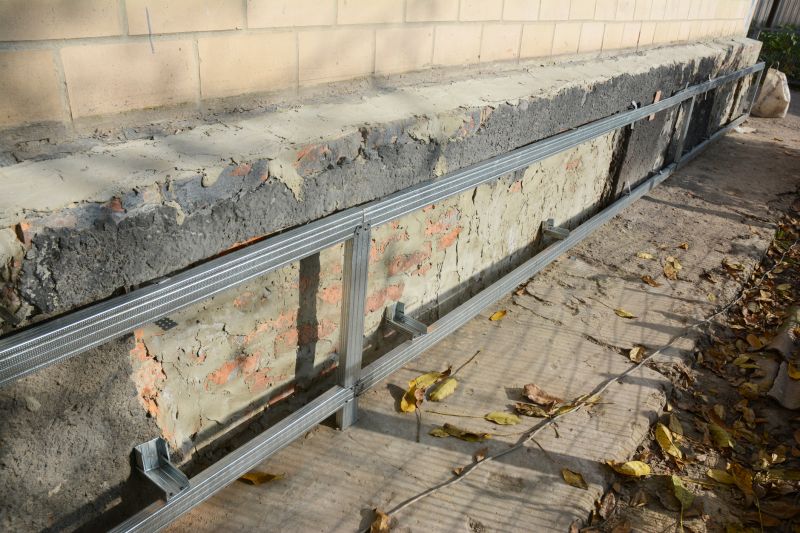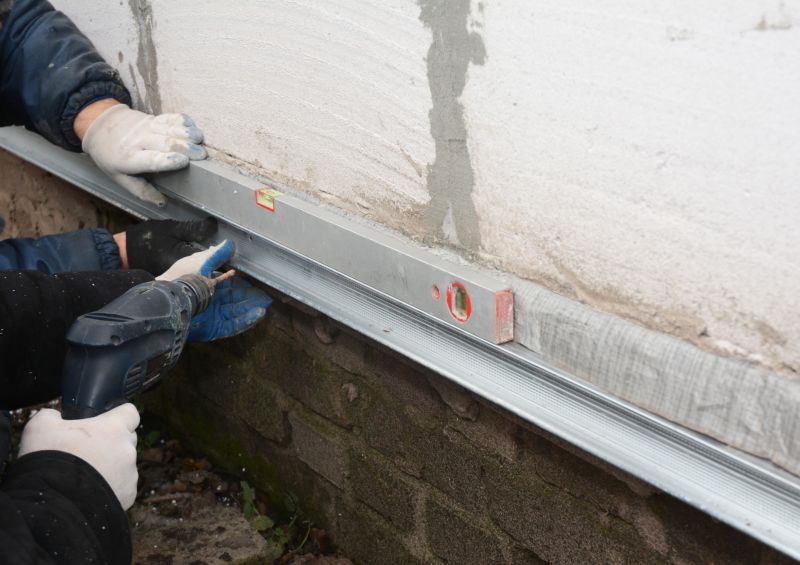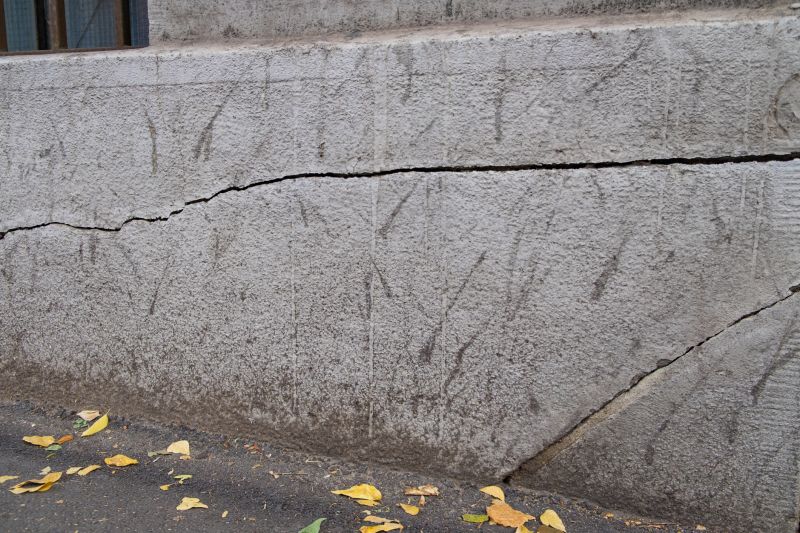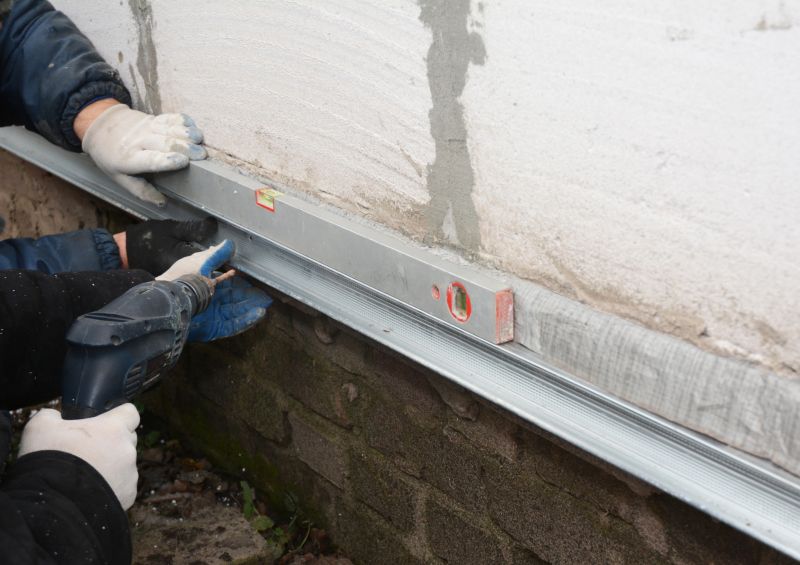Best Time for Foundation Repairs
Foundation repairs are essential for maintaining structural integrity and preventing further damage. Timing can influence the effectiveness and cost of repairs, making it important to choose the optimal period for intervention.
Spring offers moderate weather conditions, making it suitable for foundation repairs. Soil moisture levels are typically balanced, reducing the risk of complications during repair work.
Summer provides longer daylight hours and stable weather, allowing for efficient repair processes. However, extreme heat may require additional precautions.
Fall can be an ideal time due to cooler temperatures and less moisture fluctuation, which helps in stabilizing the soil around the foundation.
Winter is generally less suitable due to freezing temperatures and frozen ground, which can hinder repair work and compromise results.

Spring's balanced moisture levels support effective foundation stabilization.

Longer days and stable weather facilitate efficient repair work.

Cooler temperatures help soil settle around the foundation.

Ways to make Foundation Repairs work in tight or awkward layouts.

Popular materials for Foundation Repairs and why they hold up over time.

Simple add-ons that improve Foundation Repairs without blowing the budget.
| Season | Suitability for Foundation Repairs |
|---|---|
| Spring | Highly suitable due to moderate weather and soil conditions. |
| Summer | Good, with longer working hours but watch for heat extremes. |
| Fall | Optimal for stabilization and soil settling. |
| Winter | Less suitable due to freezing temperatures and frozen ground. |
Foundation repairs involve addressing issues such as settling, cracking, or shifting that compromise the stability of a structure. These repairs can include underpinning, piering, or slab stabilization. Proper timing ensures that repairs are effective and long-lasting, minimizing future problems. Factors like soil type, weather conditions, and the extent of damage influence the ideal repair window. Seasonal considerations are crucial; for example, moist soil in spring and fall aids in stabilization, while frozen ground in winter can complicate repair efforts.

Visual overview of underpinning and stabilization techniques.

Soil conditions impact repair timing and success.

Addressing cracks to prevent further damage.

Lifting and stabilizing a settled foundation.
Timely foundation repairs can prevent costly structural issues and extend the lifespan of a property. Regular inspections help identify early signs of foundation problems, allowing repairs to be scheduled during the most favorable seasons. Consulting with foundation specialists ensures that repairs are performed under optimal conditions, resulting in durable and effective solutions.

Cracks are common signs of foundation movement.

Methods to stabilize and lift foundations.

Understanding soil conditions for optimal repair timing.

High-end options that actually feel worth it for Foundation Repairs.
Interested property owners can contact a foundation repair specialist to assess their needs and determine the best time for repairs. Proper planning and execution are essential to ensure long-term stability and safety of the structure. Regular maintenance and inspections can help identify issues early, making timely repairs more manageable and cost-effective.

